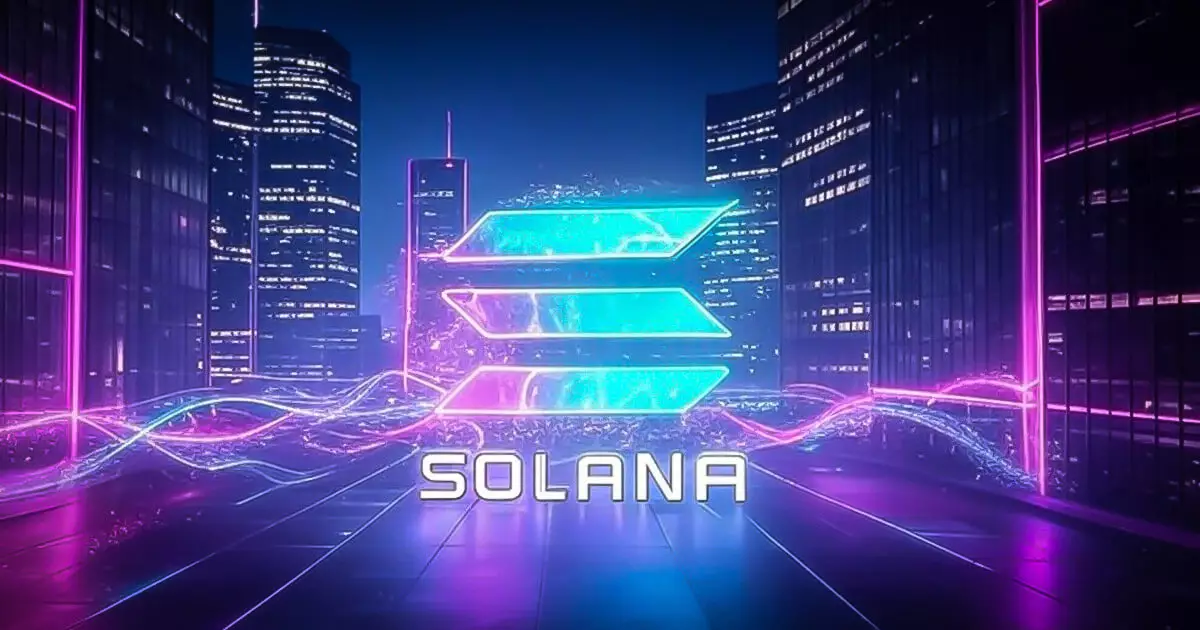Coinbase has taken a significant step in enhancing user autonomy with the introduction of its self-service asset recovery tool for lost SPL tokens on Solana. This development is not just another feature; it embodies a paradigm shift in a sector often plagued by confusion and frustration, particularly concerning the management of unsupported tokens. The evolution of this tool, which first focused on ERC-20 tokens back in December 2022, now transcends its original boundaries to provide a more robust safety net for all savvy crypto investors.
Forgery Risks: A Double-Edged Sword
While the feature to reclaim lost tokens is commendable, it does come with caveats that demand diligence from users. Coinbase clearly states that recovered assets haven’t undergone their rigorous review process, and thus users must critically evaluate the authenticity of these tokens themselves. This aspect can be a double-edged sword—it offers a self-service option, yet also places the onus entirely on users to discern legitimate assets from potential forgeries. This raises a pertinent question: Are users adequately informed and equipped to handle these risks?
Fee Structures: A Necessary Evil?
Another topic worth exploring is the fee structure associated with the recovery process. A 5% fee on amounts over $100 isn’t negligible, particularly for small-scale investors who may find themselves in a tight spot. This fee can appear predatory, especially in a crypto landscape that promises low-cost operations and high returns. On one hand, it incentivizes Coinbase to maintain this tool; on the other, it stands as a barrier for users already grappling with financial loss. Is this fee a necessary evil for sustainability, or does it undermine the altruism behind this recovery initiative?
Historical Context: Progress, but Not Perfection
It’s important to contextualize this development within the broader narrative of cryptocurrency transactions. In the past, users often faced irreversible losses when mistakenly sending unsupported tokens to exchanges, leading to disillusionment with platforms like Coinbase. This recovery mechanism is a step toward bridging that gap, but it does not present a panacea. In February 2024, when Coinbase expanded to include tokens from BNB Chain and Polygon, it hinted at a larger vision, yet the timeline for future expansions remains hazy. Such uncertainty can cultivate skepticism among users: will Coinbase continue to evolve its services, or will it fall behind in an ever-changing digital currency landscape?
Looking Ahead: An Industry Benchmark
Coinbase’s initiative may serve as a benchmark for peer exchanges to follow, fostering a culture where user error is met with constructive solutions rather than irreversible penalties. The focus on self-service reflects a growing recognition that users deserve a greater degree of control over their digital assets. However, without robust education and transparent processes to complement this tool, the company risks trading one form of disillusionment for another. Consumers must remain vigilant, as the complexities of digital currencies are not simply going to disappear.
Coinbase’s expansion of its recovery tool for Solana SPL tokens is indicative of a changing crypto landscape. But with potential pitfalls, such as forgery risks and a potentially burdensome fee structure, users must tread carefully as they navigate this new terrain. Only time will tell if these efforts will truly enhance the user experience or merely serve as a superficial facade against a backdrop of deeper issues plaguing the crypto market.

